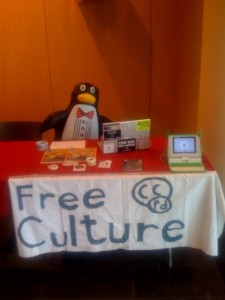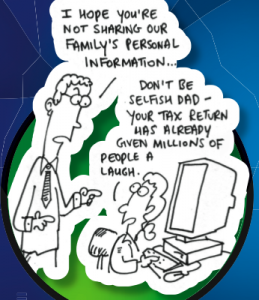The bridgeport-v-combs opinion from the the 6th Circuit, is a very interesting. I view this case as similar to Ebay v. MerchExchange. In Ebay the Supreme Court was harmonizing injunction cases so that the same standards apply to patent cases as to all other cases. In Brigdeport v. Combs the the same thing is being done with statutory damages. This is great news is it helps restore some balance to copyright actions.
Here is the detailed break down:
1. UNIVERSAL RECORDS is a defendant, Universal has been a plaintiff in many file sharing suits
2. The court viewed 5 factors to determine appropriateness of the extremely large statutory damages. These factors are to judge the “the reprehensibility” of the defendants actions :
Factor 1: the harm caused was physical as opposed to economic;
Factor 2: the tortious conduct evinced an indifference to or a reckless disregard of the health or safety of others;
Factor 3: the target of the conduct had financial vulnerability;
Factor 4:the conduct involved repeated actions or was an isolated incident;
Factor 5:the harm was the result of intentional malice, trickery, or deceit, or mere accident.
These factors were taken from State Farm, 538 U.S. at 419
3. The factors should not weigh in favor of large statutory damages in noncommercial sharing case. This means that Universal has come up with a legal stratagem to defeat most of it own threats.
Let’s take a closer look at these factors more closely:
Factor 1: the harm caused was physical as opposed to economic;
Brian’s Comments: This factor will NEVER weigh against a non-commercial sharing. Sharing does not cause physical harm.
Factor 2: the tortious conduct evinced an indifference to or a reckless disregard of the health or safety of others;
Brian’s Comments: Sharing does not cause health of safety problems ever. That is two strikes.
Factor 3: the target of the conduct had financial vulnerability;
Brian’s Comments: this is another factor that weighs in favor the the defendants. In RIAA suits it is the huge multi million dollar cooperations going after the small individuals often with little to no legal council. That is three strikes against large statutory damages.
Factor 4: the conduct involved repeated actions or was an isolated incident;
Brian’s Comments: This is the only factor that could go strongly against the defendant, since large scale sharing is very easy. Although most of the case brought so far have no real evidence of actual sharing, to speak nothing of repeated offenses of similar conduct. The score is 3-1 in favor of the defendants.
Factor 5:the harm was the result of intentional malice, trickery, or deceit, or mere accident.
Brian’s Comments: The last factor is a wash, but could go either way dependent on the court although I think it should go in favor of the defendant. For many people sharing is a generational norm and should be legalized. I am of the Napster generation and did not view non commercial sharing as malice, trickery of deceit. Everyone in my gen shared. It was part of a culture that was empowered by tech, we support artist through patronage. No one I know shared from malice.
The outcome of using these factors should be 4 to 1 or 5 to 0 in favor of the non commercial sharing. When only one factor is present, statutory damages should only be enforced at a ratio of 1:1 or 2:1. These ratios may take some of the wind out of the fear tactics the RIAA is using to intimidate pro se litigants.
I strongly recommend reading this case. The main question this leaves unanswered is how do we apply statutory damages when there is no proven harm and no compensatory damages? Does this make all the ratios a 100000:1 and excessive or is there a legal doctrine to support statutory damages as a replacement for harm based compensation. If so are the courts doing anything more then engaging an unjust enrichments by taking money from one who neither profited nor caused harm.
PS if anyone has copies of the briefs to the 6th Circuit I would love to see them. Email me at [email protected]
Full text of this issue after the jump:
(more…)






